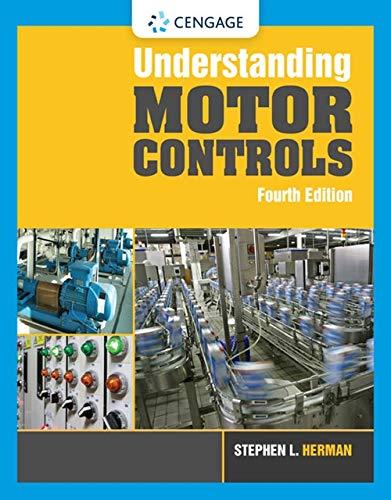Q.11- Consider the positions servomechanism is shown in figure below. Assume the following numerical values for the system constant are. Kp=gain of potentiometer detector = 7.64 v/ rad, Kb= back e. m. f. constant =5.5*10-2 V/rad/sec K;= motor torque constant = 6*10-5 Nm/A C₁ = 4*10-2 Nm/ (rad /sec). Ra= armature winding resistant =20, Ka=Gain of amplifier =10 Jm=1*10-5 Kg.m². J₁=4.4*10-3 Kg.m² n = gear ratio=1/10, Neglect Cm and la Determine the natural frequency and damping ratio of the system. DOL Amp. %₂ men N₁ Lon
Q.11- Consider the positions servomechanism is shown in figure below. Assume the following numerical values for the system constant are. Kp=gain of potentiometer detector = 7.64 v/ rad, Kb= back e. m. f. constant =5.5*10-2 V/rad/sec K;= motor torque constant = 6*10-5 Nm/A C₁ = 4*10-2 Nm/ (rad /sec). Ra= armature winding resistant =20, Ka=Gain of amplifier =10 Jm=1*10-5 Kg.m². J₁=4.4*10-3 Kg.m² n = gear ratio=1/10, Neglect Cm and la Determine the natural frequency and damping ratio of the system. DOL Amp. %₂ men N₁ Lon
Understanding Motor Controls
4th Edition
ISBN:9781337798686
Author:Stephen L. Herman
Publisher:Stephen L. Herman
Chapter53: The 555 Timer
Section: Chapter Questions
Problem 2RQ
Related questions
Question

Transcribed Image Text:Q.11 - Consider the positions servomechanism is shown in figure below. Assume the following
numerical values for the system constant are.
Kp = gain of potentiometer detector = 7.64 v/ rad,
Kb= back e. m. f. constant =5.5*10-2 V/rad/sec
K; = motor torque constant = 6*10–5 Nm/A
C = 4*10-2 Nm/ (rad /sec).
Determine the natural frequency and damping ratio of the system.
Ra = armature winding resistant =2 2,
Ka=Gain of amplifier = 10
Jm = 1*10-5 Kg.m2. J =4.4*103 Kg.m2
n = gear ratio=1/10, Neglect Cm and la
Amp. %₂
ဦးအောင်မျိုာနစ် နှစ်
DH
0050
constant
N₁
Expert Solution
This question has been solved!
Explore an expertly crafted, step-by-step solution for a thorough understanding of key concepts.
This is a popular solution!
Trending now
This is a popular solution!
Step by step
Solved in 3 steps with 23 images

Knowledge Booster
Learn more about
Need a deep-dive on the concept behind this application? Look no further. Learn more about this topic, mechanical-engineering and related others by exploring similar questions and additional content below.Recommended textbooks for you

Understanding Motor Controls
Mechanical Engineering
ISBN:
9781337798686
Author:
Stephen L. Herman
Publisher:
Delmar Cengage Learning

Understanding Motor Controls
Mechanical Engineering
ISBN:
9781337798686
Author:
Stephen L. Herman
Publisher:
Delmar Cengage Learning